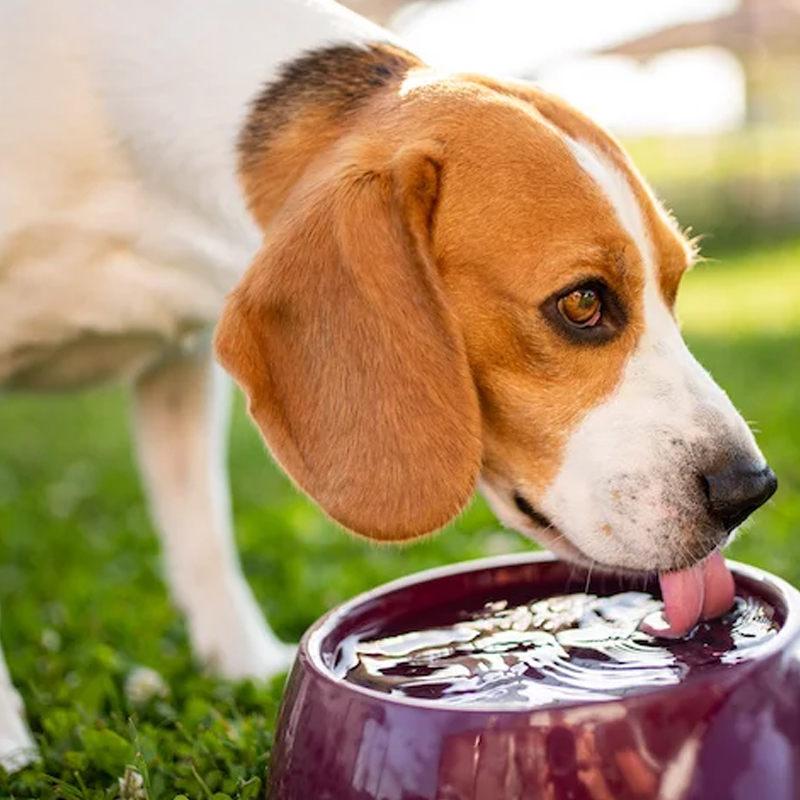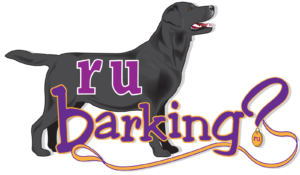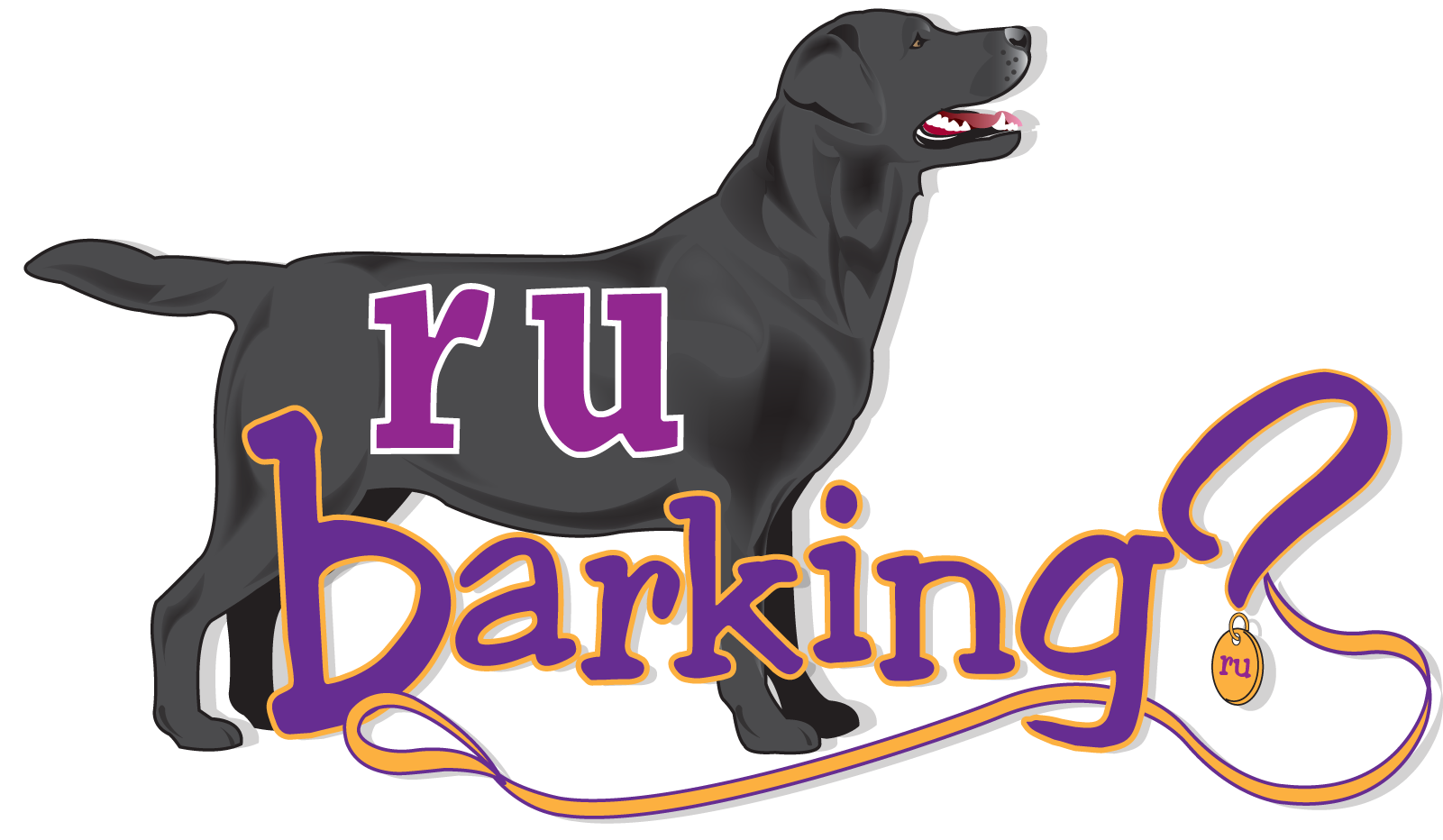
03 Jul SUMMER SAFETY
Rising temperatures signal the fun summer months of backyard barbecues, vacations, and more time spent outside. But the scorching days of summer can present unique hazards for your dog.
All dogs, especially puppies, older dogs, and dogs with a short snout are at risk for heat stroke, so it is very important to make sure they have access to lots of fresh, cool drinking water at all times.
Consider having cool, fun food on hand. Frozen treats are great to have available on hot days. Here’s a simple recipe for electrolyte ice cubes: Dissolve 1 tsp salt and 1 Tbsp honey in 4 cups of water and then freeze in ice cube trays or muffin tins.
Make sure you provide a cool, shady spot where your dog can rest and escape the heat. Place your dog’s bed in a cooler area of your home or set up a shade structure in your backyard.
Be mindful of water safety. Never leave your dog unsupervised near an uncovered pool, and have your dog wear a bright-colored life jacket when boating at the lake or beach. If you do have a pool, ensure your dog knows how to get out of the pool by practicing using the stairs several times.
Don’t let cookouts and summer parties turn into an emergency for your pets.. Charcoal briquettes used for grills can get stuck in your dog’s stomach, requiring surgery. Also, don’t allow your guests to share their food.. This could result in severe abdominal pain or even death. Foods such as corn on the cob can become lodged in the dog’s intestines.
Limit outdoor exercise. During hot temperatures, over-exertion can lead to heat exhaustion or worse. Early morning or late afternoon walks are ideal avoiding the midday heat. Indoor playtime should be considered. Just as hot asphalt can burn your bare feet, it can also burn your pup’s paws.
Use the five-second rule: Place the back of your hand on the pavement. If you cannot hold it there for five seconds, it’s too hot to walk your dog.
We take precautions to protect our skin from the sun, but dogs are also prone to sunburn. Sunburn isn’t just painful for dogs, it can lead to more serious problems, including certain types of skin cancer.
Remember dogs with white or thin coats and dogs with light-pigmented noses and eyelids are more at risk for sunburn.
Sunscreen protects dogs from sunburn. But using the wrong type of sunscreen can cause problems. The sunscreen you apply to your dog should not contain zinc oxide or para-aminobenzoic acid (PABA), as these ingredients are toxic if ingested, and dogs will often lick their skin and accidentally ingest the sunscreen. It’s a good idea to look for a waterproof, unscented dog sunscreen with a sun protection factor (SPF) of 30.
You should apply sunscreen about 20 minutes before your dog goes out. Reapply every 4 to 6 hours or after your dog goes swimming.
Dog sun shirts and dog rash guards offer protection against harmful UVA and UVB rays. Dog sun hats and even goggles are also available to protect your pups when they’re out in the sun.
NEVER leave a dog in the car. Just a few minutes in a hot car can be deadly for a dog with the temperature rising to fatal levels.
Hundreds of pets die from heat exhaustion each year because they are left in parked vehicles (source: AVMA). Even with the windows cracked or the air conditioner running, temperatures can rise quickly in a vehicle and put the pet at risk of serious illness, or worse, death. Keep in mind that outside temperatures do not have to be extreme for cars to become dangerously hot for pets. The Humane Society of the United States explains that with an outside temperature of just 72℉, a car can have an inside temperature of up to 116℉ within 20 minutes, and on an 80℉ day, a car can heat up to 99 ℉ within 10 minutes.
What should you do if you see a dog in a hot car? Can you break the window? NO. Before you put on your superhero cap think: In California, it is illegal to break into a car even to save an animal. Call 911. You are required by law to stay with the animal. Penalties can be a fine or a fine and six months in jail.
Signs of overheating are trouble breathing, excessive panting, increased heart rate, weakness, or collapsing. A dog suffering heatstroke may also exhibit increased salivation, a bright red tongue, red or pale gums, vomiting, or diarrhea. As heatstroke progresses, seizures, coma, cardiac arrest and, ultimately, death may also occur. If you see any of these symptoms, move your dog to a cooler area, offer them water, and place cool, wet towels on the back of the dog’s neck, paws, belly, and groin area to help lower body temperature.
Following these steps will help you keep your dog safe, comfortable, and healthy during the hot summer months.
––––––––––––––––––––––––––––––––––––––––––
Photo ©Przemyslaw Iciak – stock.adobe.com

